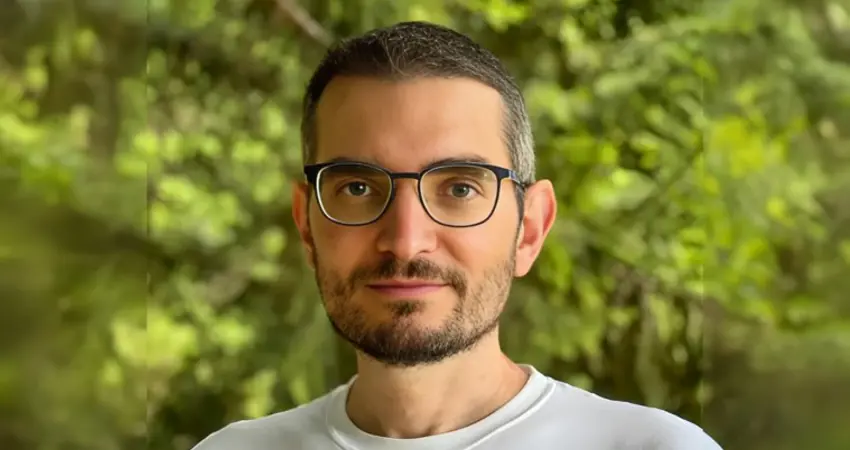28 Aug 2025
Professor Andrea Vedaldi awarded a Royal Society Faraday Discovery Fellowship
The 10-year fellowship will fund pioneering research developing methods that allow machines to automatically understand the semantic content and 3D geometry of images and videos, with minimal human supervision

Professor Andrea Vedaldi is one of seven recipients of the inaugural Royal Society Faraday Discovery Fellowships, awarded for his research in Spatial Artificial Intelligence.
Andrea Vedaldi, Professor of Computer Vision and Machine Learning and a co-lead of the VGG group, is one of only seven recipients across the UK in this exceptionally competitive funding round.
The Faraday Discovery Fellowships, supported by a £250 million investment from the Department for Science, Innovation and Technology, are designed to provide the UK’s most promising mid-career scientists with the long-term support needed to pursue ambitious, high-impact research. With a duration of up to 10 years, each award enables recipients to build world-leading research teams, train the next generation of innovators, and tackle society’s most challenging scientific questions.
Pushing the boundaries of how artificial intelligence perceives and interprets visual data
Andrea’s research focuses on advancing computer vision and machine learning, specifically developing methods that allow machines to automatically understand the semantic content and 3D geometry of images and videos, with minimal human supervision. His work, through the internationally renowned Visual Geometry Group (VGG), aims to push the boundaries of how artificial intelligence perceives and interprets visual data, with applications across autonomous systems, augmented reality, robotics, and digital healthcare.
Researchers will teach AIs to understand space and movement by watching videos online, not just images
The project, SpatialAI, aims to create a new kind of Artificial Intelligence that truly understands the physical world around it. Like an animal, it will know what happens if you push or pull something. Like a child, it will be able to play with construction blocks and talk about what it does in everyday language. And like an engineer, it will also explain things using physics and technical design. These AIs will be able to read instructions, imagine what to build, and produce designs ready for 3D printing, all from natural language.
To make this possible, researchers will teach AIs to understand space and movement by watching videos online, not just images. This means rethinking how AI sees the world: focusing on 3D shapes, real-world physics, and not just pixels. Combined with powerful language models, this will allow AIs to reason, describe, and create like never before.
"The Faraday Discovery Fellowship will provide exceptional long-term support that will sustain and further grow the impact of our team in the next ten years"
Andrea says, ‘‘I am honoured to receive the Royal Society’s Faraday Discovery Fellowship. Oxford and its Visual Geometry Group have been at the cutting edge of machine learning and computer vision research for more than three decades. The Faraday Discovery Fellowship will provide exceptional long-term support that will sustain and further grow the impact of our team in the next ten years. I am very grateful to Oxford and our amazing team, without whom I would never have been able to achieve this outstanding result.”




